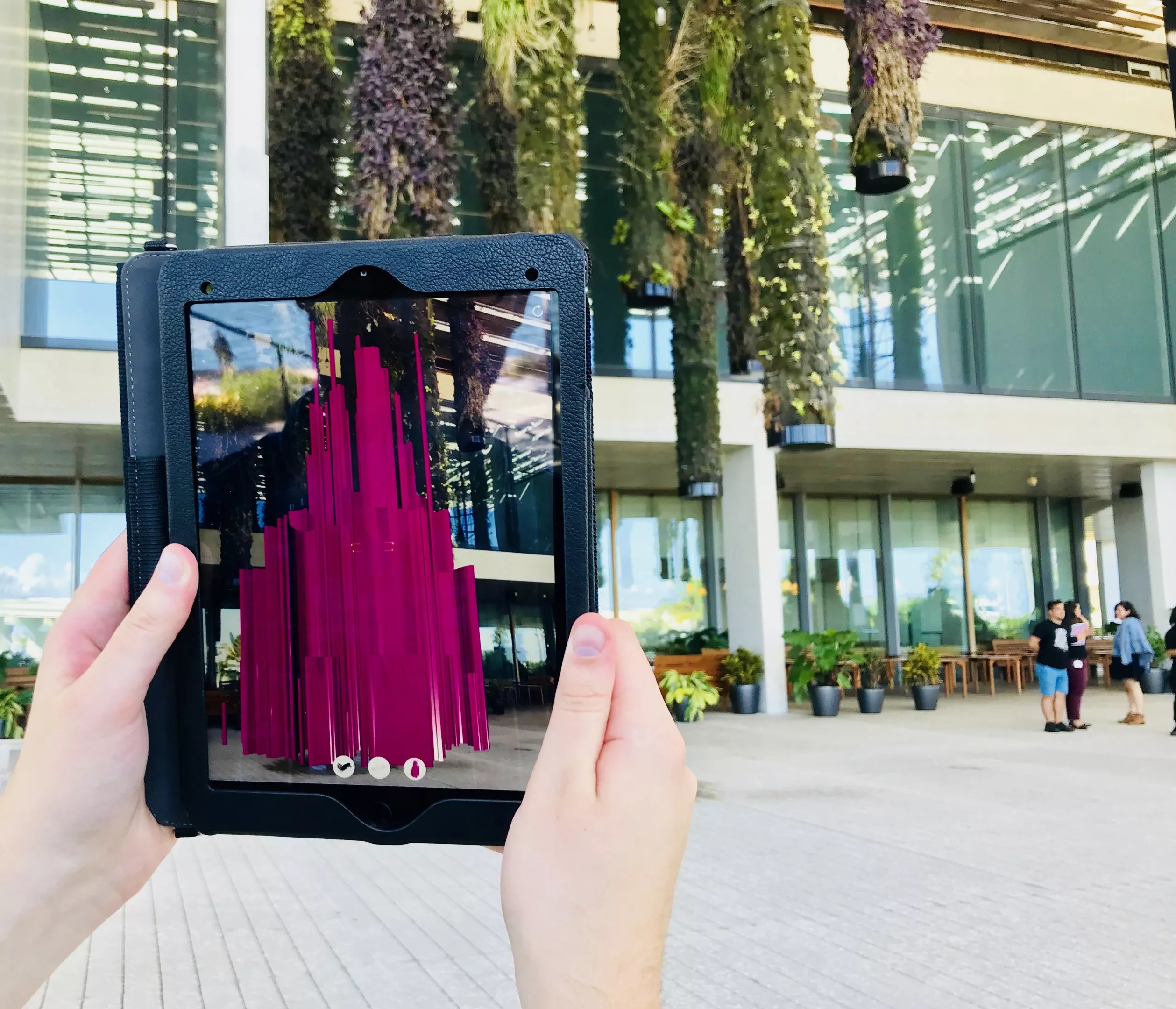
Photo by Adrienne Chadwick

Audio By Carbonatix
Augmented reality and virtual reality have come a long way since they were conceptualized, but they’re still not a part of everyday life. Most people don’t have an Oculus headset or a $300 PlayStation VR setup at home. And beyond Pokémon Go, augmented reality has yet to take off the way it was expected. But the potential for these technologies to change the way people interact with the world is still undeniably vast.
The Knight Foundation hopes to tap into that potential through a new grant that calls for innovations in AR and VR. Specifically, the organization is looking to find new ways for museums and other cultural institutions to engage their audiences through the use of these digital media. The foundation has partnered with Microsoft on the project, and grantees will receive funding from a pool of $750,000. The deadline for applications is Monday, August 12.
“When you look at the state of immersive technology right now, it’s unclear exactly how this technology will be deployed to the public,” says Chris Barr, director of Arts and Technology Innovation at the Knight Foundation. “We haven’t really seen it take off as a consumer trend; people aren’t, by and large, strapping into a VR [set] at home, so the sort of public spaces where this kind of technology would be deployed would include museums and performing arts organizations, etc. We think that the arts will be where a lot of people experience this technology for the first time, and that’s a huge opportunity and a unique opportunity for cultural institutions.”
One of the trickiest things about asking for new ideas and innovations is that it can be difficult to offer concrete examples of something that hasn’t been done before. It becomes even harder in this case because Miami isn’t generally known as a major tech hub. Still, there are a handful of notable instances where VR and AR have been used to modify audience experiences in Miami’s cultural sector.
One recent example took place at the University of Miami’s Lowe Art Museum with the installation Feeling Antiquity. The artwork, designed by first-year grad student Lorena Lopez, centered on an Ancient Greek vase. Lopez used virtual reality to build a digital representation of the sort of room where the vase might have been used in Athens or Corinth a few thousand years ago.
Another use of immersive tech Barr mentions is a project at Vizcaya, where AR and VR were implemented not to contextualize something from the past, but to preserve it.
“There are parts of their campus that people just can’t physically go to because they’re very, very fragile; they’re potentially getting damaged by weather and climate change,” Barr explains. “One piece of that is what I think they call ‘the barge.’ So what they’ve done is 3D-scanning of the barge and the grotto… and tried to create the VR and AR experiences of these spaces so you can see what it looked like originally, you can see what it looks like now, you can feel as if you’re standing on that barge, which normally you can’t access.”
From offering a glimpse into spaces that existed millennia ago to trying to save the spaces humanity is losing to rising seas, there are limitless ideas for how these technologies can be implemented at cultural institutions around Miami. To make those concepts become reality, the Knight Foundation has turned to Microsoft for help.
“They’re providing access for their mixed-reality teams for guidance coaching,” Barr says. “We’ll be taking all of the grantees to Redmond [Virginia] for a kickoff workshop and event in Microsoft HQ, with the mixed-reality folks thinking about what they know about this technology. And then, for folks who are doing projects that would benefit from Microsoft technology, they’re offering some support there as well.”
The application, which the Knight Foundation says “is open to arts institutions, as well as technologists, companies, and artists partnering with arts institutions,” asks six questions about the proposed project and requires responses of only 200 words or fewer. They’re asking for bold, effective, interesting ideas that will change not only the ways people interact with AR and VR, but also the ways they interact with cultural institutions altogether.
“How do we use this technology for engagement?” Barr asks. “It’s less about the flash here and more about the hard work that the museums are trying to do to help people understand the value that space can have in their lives, especially if you didn’t grow up with that kind of ritual of going to a museum or a cultural space as part of your everyday activities.”
To apply or learn more, visit kf.org/immersivetech.